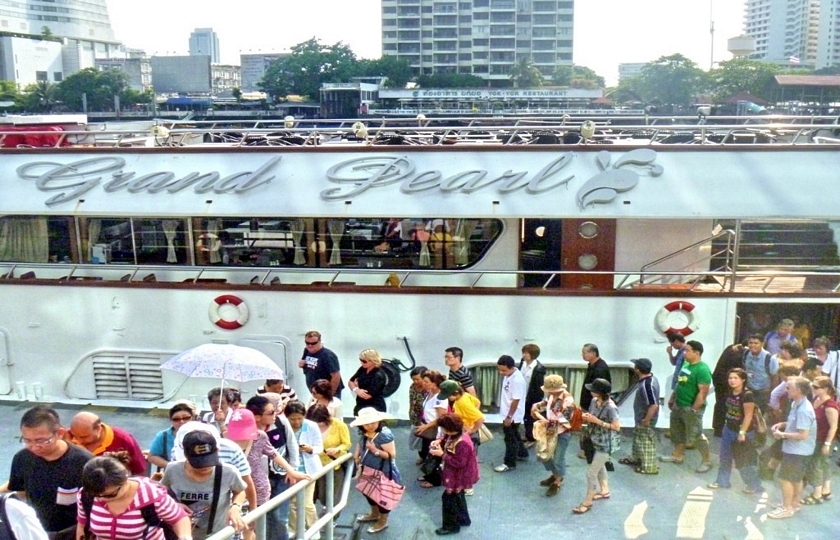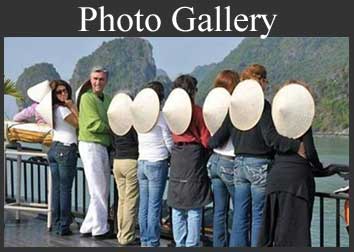Bang Pa-In Royal Palace
Bang Pa-In Royal Palace is the most massive and splendid royal summer palace within easy reach of Ayutthaya. Consisting of several iconic palaces each with a different style, the Bang Pa in Summer Palace has well expressed the beauty of the Thai architecture.
Situated 60 km north of Bangkok and within easy reach of Ayutthaya is the illustrious Bang Pa-In Royal Palace. The palace complex was used as a summer dwelling by the Siamese royalty and their consorts.


Also called 'Bang Pa-In Summer Palace', the park comprises several iconic buildings dotted around a large park, so renting an electric cart is a good way to get around, especially on hot days. Coming all the way from Bangkok just for the palace might not be worth the trip but it is a great stop on the way to Ayutthaya.
Originally created by King Prasat Thong in 1632, it is not known whether it was in use at the time of the Burmese raid. But in 1807, when Sunthon Phu, the kingdom's best known poet sailed past, it was a shadow of what Bang Pa-In once was, abandoned and overgrown.
According to Dutch chronicler Jeremias Van Vliet, King Ekathotsarot (1605 - 1610) was once shipwrecked on an island while sailing on the Chao Phraya River. On the island, he was befriended by a woman, who bore his (illegitimate) child. The child grew up to ascend the throne. This boy was later to become known as King Prasat Thong (1632 - 1656). He founded a monastery on his mother's land and had a pond dug and built a palace to the south of the monastery. The only building mentioned in the chronicle was the Aisawan Thiphya, created in 1632, the year of birth of his son, the future King Narai (1656 - 1688).
After the Burmese raids in 1767, the Palace complex of Bang Pa-In was laid to waste and left abandoned for a long time. King Mongkut (Rama IV), who reigned from 1851 to 1868, started a revival of the palace. Most of the buildings as they stand today were created by his successor King Chulalongkorn (Rama V), who also expanded the area into the magnificent sprawling Versaillesque gardens between 1874 and 1899 with features of European-style architecture.


.jpg)

.jpg)
.jpg)
.jpg)
.jpg)




